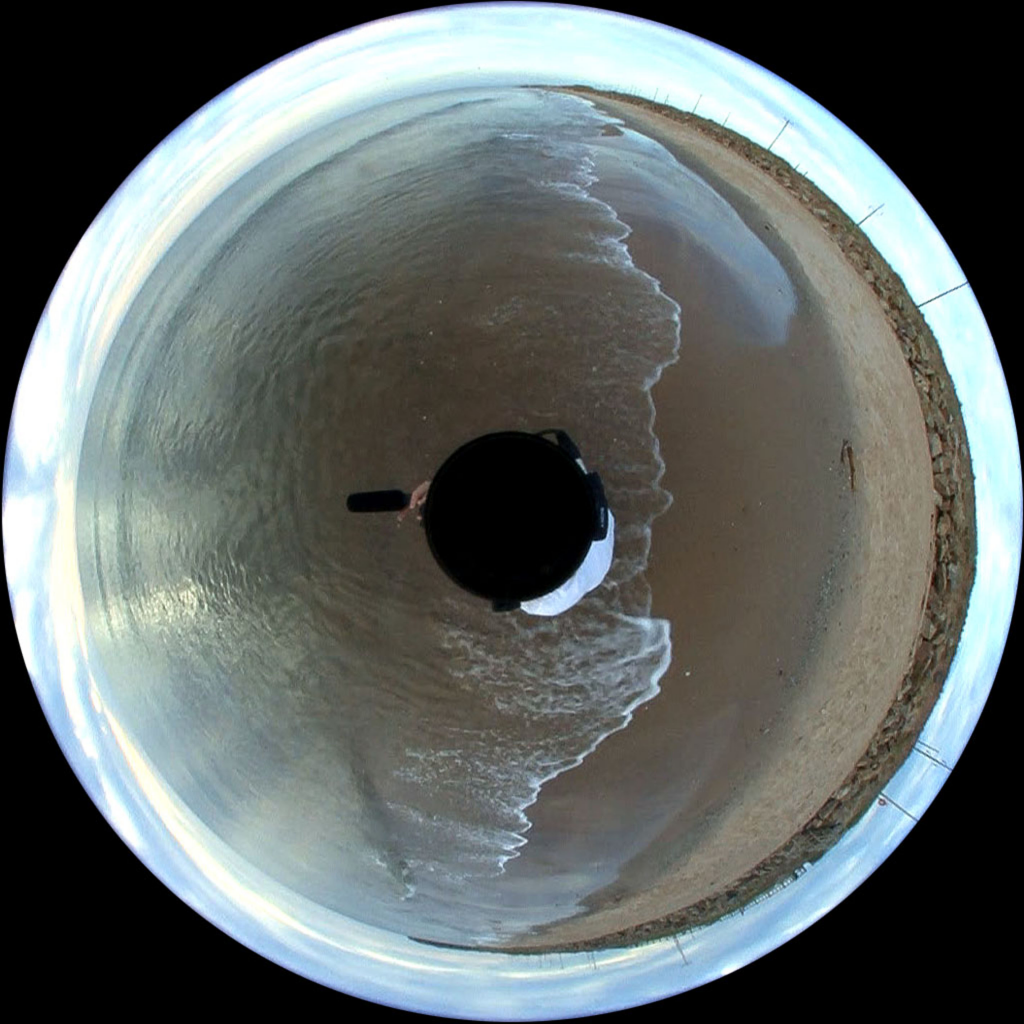Luc CourchesneWhere Are We?

During Le Mois de la Photo à Montréal, held from 10th September to 11th October 2009, photographer and video artist Luc Courchesne is presenting his pieces. During his career, Courchesne has focused not only on offering unique pieces of art but also on building a rare relationship with the spectator. The latter becomes part of the piece, a participant as well as a spectator. Le Mois de la Photo is questioning the mechanisms of staging, and Courchesne’s works play an important part in this.
Courchesne started his career twenty-five years ago, and in 1990 created an important piece under the name Portrait No. 1. This work, an interactive video installation, was the beginning of Courchesne’s exploration of interactivity, taking the form of a real exchange between the spectator and the character portrayed on the screen – Marie, a French-speaking Montrealer. Courchesne interrogates in this way our own perceptions of a given reality and our subjectivity.
Following Portrait No. 1, Courchesne continued to focus on this kind of interactivity and immersion, and, in 2000, through the Society of Arts Technology (SAT), Panoscope 360°, a device that allows a 360-degree panoramic image to be projected using a single video channel, was born. It is “an immersive existential stimulator, or, as the artist puts it more precisely: it is a system of panoramic monocanal projection which allows the visitor to explore by himself the world in 3-D.” With this system, the artist pushes the spectator to make an effort with his eyes and his body and locate himself in different positions towards the piece. He can completely possess it by immersing himself in it.
The pictures shown in Montreal are small discs of light surrounding the gallery space and displayed as the cycle of the sun and the moon. They are made out of deformations and anamorphoses produced by the Panascope’s particular lens. The effect is stunning but requires a degree of participation from the spectator. Indeed, the latter can make the image move by using a small crank located in the middle of the picture so that the image then moves according to the given rhythm. The relationship is then a private one between the piece and the spectator. The image surrounds them according to the speed of their movement and they can also control the story. Spectators are able to control whether they want the image to continue to live or simply to vanish.
Immersion, interactivity and the question of space are all points of interest in Luc Courchesne’s work on photography as well as video.
